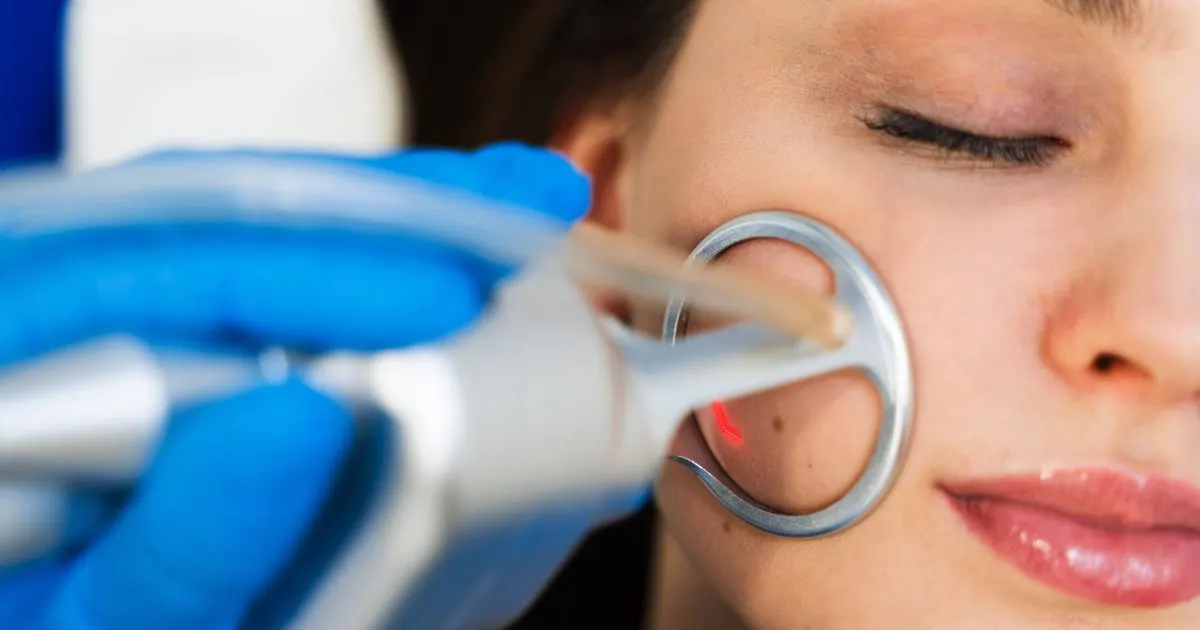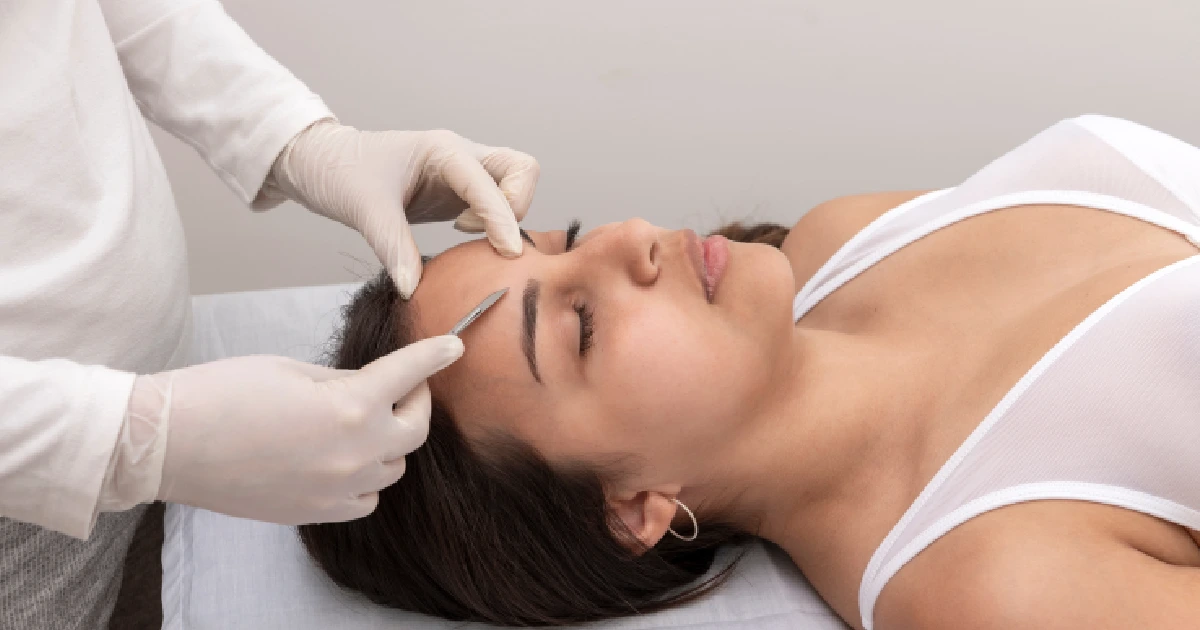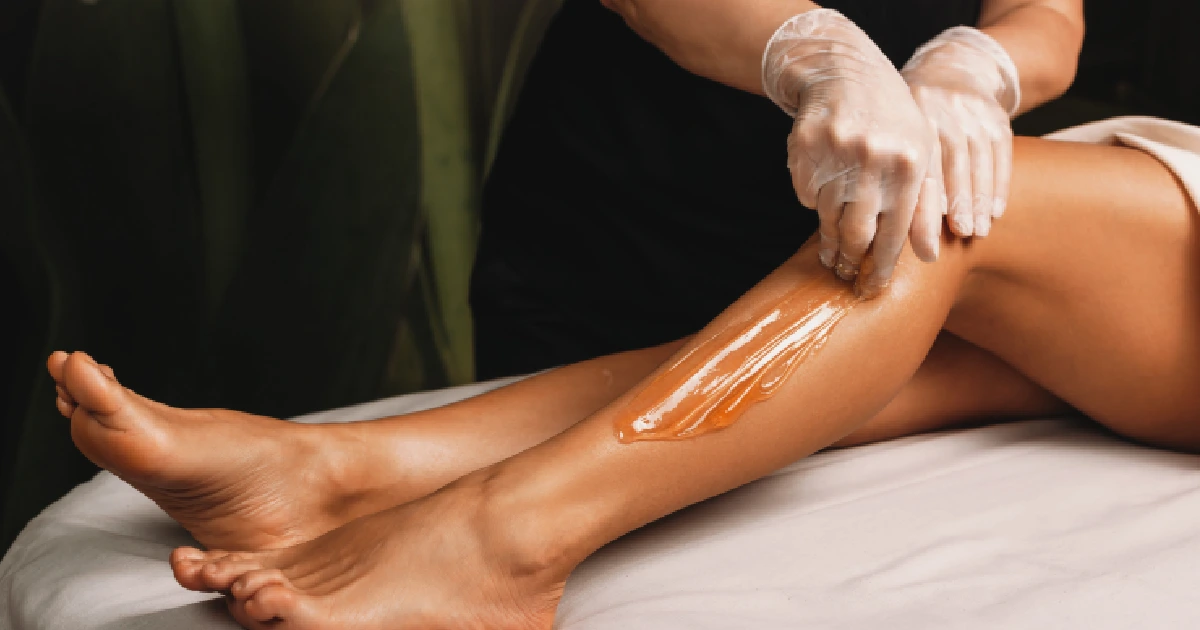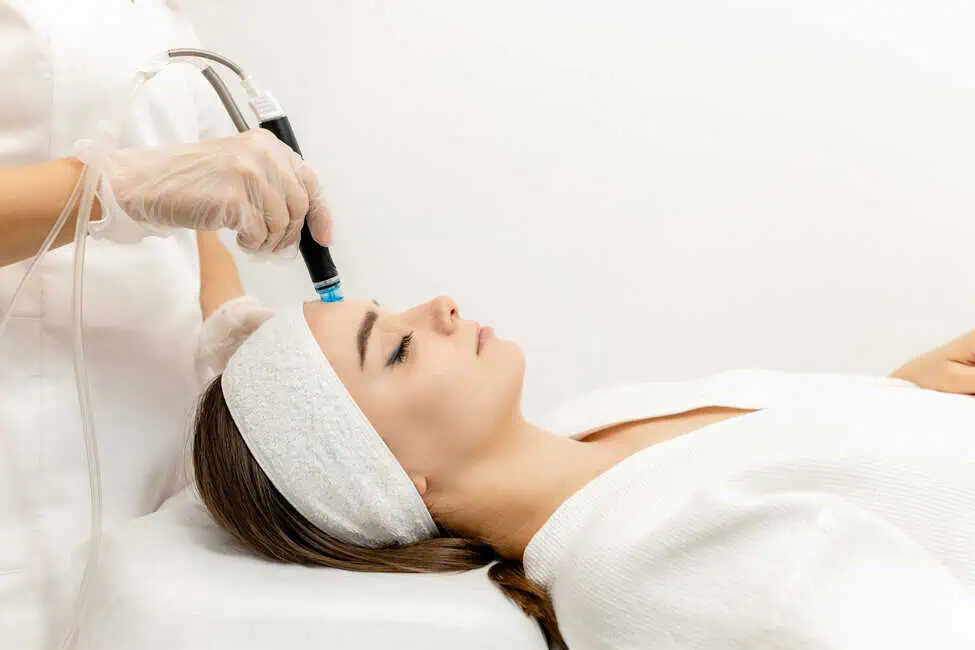Dermal fillers, a famous cosmetic enhancement, have become a common choice for those seeking to rejuvenate their appearance. These treatments offer a non-surgical approach to addressing signs of aging and enhancing facial features. In recent years, more individuals have considered the benefits of dermal fillers to achieve a refreshed look without the need for extensive procedures.
As the demand for these treatments grows, questions about their frequency have emerged. People wonder how often they can have dermal fillers safely and effectively. While the specifics of dermal filler treatments vary, understanding the general guidelines and considerations for their usage is key to practical results.
Understanding Dermal Fillers
Dermal fillers work by introducing a gel-like substance into specific areas of the face through minimally invasive injections. This substance is carefully chosen to match the patient’s needs and can consist of various materials, including hyaluronic acid, calcium hydroxylapatite, and poly-L-lactic acid. The primary goal is to address a range of cosmetic concerns, such as:
- Wrinkles and Fine Lines: Dermal fillers effectively smooth out wrinkles and fine lines, providing a more youthful appearance.
- Volume Restoration: These treatments can restore lost volume in areas like the cheeks, lips, and under the eyes, reducing the sunken or hollow appearance associated with aging.
- Facial Contouring: Dermal fillers can enhance facial contours, creating a harmonious and balanced appearance.
Factors Influencing Frequency
Determining how often an individual can have dermal filler treatments is not a one-size-fits-all consideration. Several factors come into play, influencing the frequency with which these cosmetic procedures are undertaken. Here, we explore the key elements that contribute to the decision on how often dermal fillers can be administered:
1. Natural Aging Process
The aging process significantly influences the frequency of dermal filler treatments. As individuals age, their skin naturally loses collagen and elastin, leading to wrinkles and a loss of facial volume. Consequently, more frequent treatments may be required to effectively combat the signs of aging.
2. Type of Filler Used
The type of dermal filler used plays a pivotal role in determining treatment frequency. Different fillers have varying longevity, with some lasting several months and others providing results that endure up to two years or more. Choosing the suitable filler for a specific concern can influence how often touch-up sessions are needed.
3. Individual Metabolism
Individual metabolic rates can affect the longevity of dermal filler results. A faster metabolism may lead to the quicker breakdown of certain filler substances, requiring more frequent treatments to maintain the desired appearance.
4. Desired Results
The extent of the desired results also impacts treatment frequency. Some individuals seek subtle enhancements, while others opt for more dramatic changes. Those with more ambitious aesthetic goals may require additional sessions to achieve and maintain their desired look.
5. Consultation with a Professional
Ultimately, a qualified medical professional provides the best guidance on treatment frequency. During a consultation, the practitioner assesses the patient’s unique needs, discusses their aesthetic goals, and recommends a personalized treatment plan. This plan may include the ideal timing for follow-up sessions based on the abovementioned factors.
Recommended Timeframe Between Sessions
The effects of dermal fillers are not permanent. The duration of results typically ranges from six months to two years, depending on the specific product used.
To maintain the desired results and a youthful appearance, it’s recommended to schedule periodic touch-up treatments. These touch-ups are essential because the effects of dermal fillers gradually diminish over time. The timing for these follow-up sessions varies among individuals and depends on factors such as metabolism, the type of dermal filler used, and the desired outcome.
Collaborating closely with a qualified practitioner is crucial to establishing an individualized treatment plan. During consultations, healthcare providers assess the progress and recommend touch-up sessions at optimal intervals. This personalized approach ensures that patients continue to enjoy the benefits of dermal fillers and achieve the desired results for an extended period.
Safety and Risks
Dermal filler treatments offer a non-surgical approach to enhancing one’s appearance, but like any cosmetic procedure, they come with potential safety considerations and risks.
Safety Measures
- Qualified Practitioners: Opt for a reputable, experienced medical professional to administer dermal filler treatments. Choosing a skilled practitioner significantly reduces the risk of complications.
- Medical History: Provide a comprehensive medical history to your practitioner, including allergies, medications, and previous cosmetic procedures. This information helps the practitioner make informed treatment decisions.
- Consultation: Before treatment, undergo a thorough consultation with the practitioner. During this session, the provider assesses your suitability for dermal fillers, discusses your goals, and explains potential risks and benefits.
- Product Selection: Ensure the dermal filler product is FDA-approved and sourced from a reputable manufacturer. The practitioner should discuss the chosen product with you before treatment.
- Consent and Expectations: Sign a consent form that outlines the procedure, risks, and expected outcomes. This process ensures you have realistic expectations and understand the treatment’s nature.
Potential Risks
- Bruising and Swelling: Mild bruising and swelling at the injection site are common but usually temporary. These effects typically subside within a few days.
- Infection: Although rare, infection can occur at the injection site. Strict adherence to sterilization and aseptic techniques by the practitioner minimizes this risk.
- Allergic Reactions: Some individuals may be allergic to the filler substance. Allergies can result in redness, itching, or swelling. Immediate medical attention is necessary in such cases.
- Lumps and Bumps: Uneven distribution of the filler substance can lead to lumps or bumps. Skilled practitioners aim to avoid this by injecting with precision.
- Overfilling: Overfilling can result in an unnatural appearance. A skilled practitioner will strive for a balanced and harmonious outcome.
While these risks exist, dermal filler treatments are generally safe when performed by qualified professionals. Patients should be informed about potential complications and actively participate in their aftercare to minimize these risks. Open communication with the practitioner, adherence to pre- and post-treatment instructions, and choosing a trusted provider are essential steps in ensuring a safe and successful dermal filler experience.
Takeaway
If you’re ready to enhance your natural beauty and rejuvenate your appearance, Uptown Aesthetics & Wellness is here to help. Contact us now to schedule your assessment and embark on your journey to a more confident and refreshed you. Don’t wait; the desired transformation through our services is just a few clicks away!






